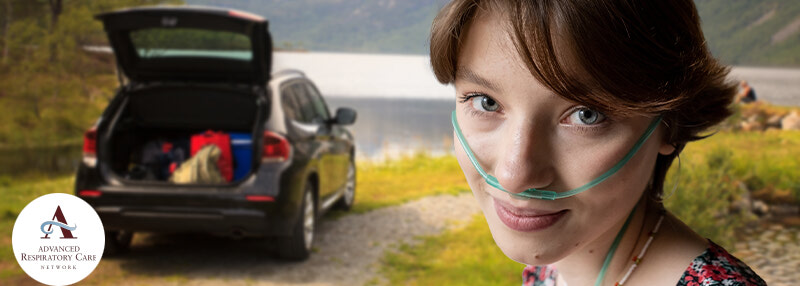Traveling can be a rewarding experience, allowing you to explore new places and create lasting memories. However, for individuals who require home oxygen therapy, traveling can also present unique challenges. At Advanced Respiratory Care Network, we understand the importance of ensuring that your oxygen therapy remains uninterrupted, even while you're away from home. That's why we've put together this guide with helpful tips for traveling with home oxygen.
1. Plan Ahead
One of the most important aspects of traveling with home oxygen is proper planning. Before your trip, notify your oxygen supplier and inform them of your travel plans. They can help you arrange for oxygen delivery at your destination or provide you with a portable oxygen concentrator (POC) for the duration of your trip.
2. Pack Wisely
When packing for your trip, make sure to include all necessary oxygen supplies, including tubing, cannulas, and extra batteries for your POC if applicable. It's also a good idea to bring a copy of your oxygen prescription and a letter from your healthcare provider outlining your oxygen needs, in case you encounter any issues during your travels.
3. Check Airline Policies
If you're traveling by air, be sure to check the airline's policies regarding traveling with oxygen. Most airlines allow passengers to bring their own portable oxygen concentrator on board, but you may need to notify the airline in advance and provide documentation of your oxygen needs.
4. Stay Hydrated
Traveling can be dehydrating, especially when flying. Be sure to drink plenty of water to stay hydrated, as this can help prevent complications related to your oxygen therapy.
5. Plan for Rest Stops
If you're traveling by car, plan for regular rest stops to stretch your legs and check your oxygen levels. It's important to listen to your body and take breaks as needed to avoid fatigue.
6. Keep Your Equipment Secure
While traveling, make sure to keep your oxygen equipment secure and stable to prevent it from tipping over or becoming damaged. Consider using a travel case or bag designed specifically for carrying oxygen equipment.
7. Be Prepared for Emergencies
Finally, be prepared for emergencies by carrying a list of emergency contacts, including your healthcare provider and oxygen supplier. It's also a good idea to have a backup oxygen supply, such as extra oxygen tanks or a fully charged POC battery, in case of unexpected delays or issues with your primary oxygen source.
By following these tips, you can help ensure a safe and enjoyable travel experience while maintaining your home oxygen therapy. At Advanced Respiratory Care Network, we're committed to helping you live life to the fullest, no matter where your travels take you.

